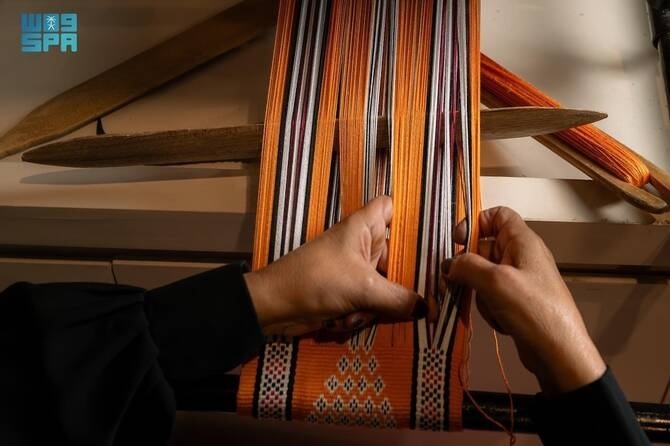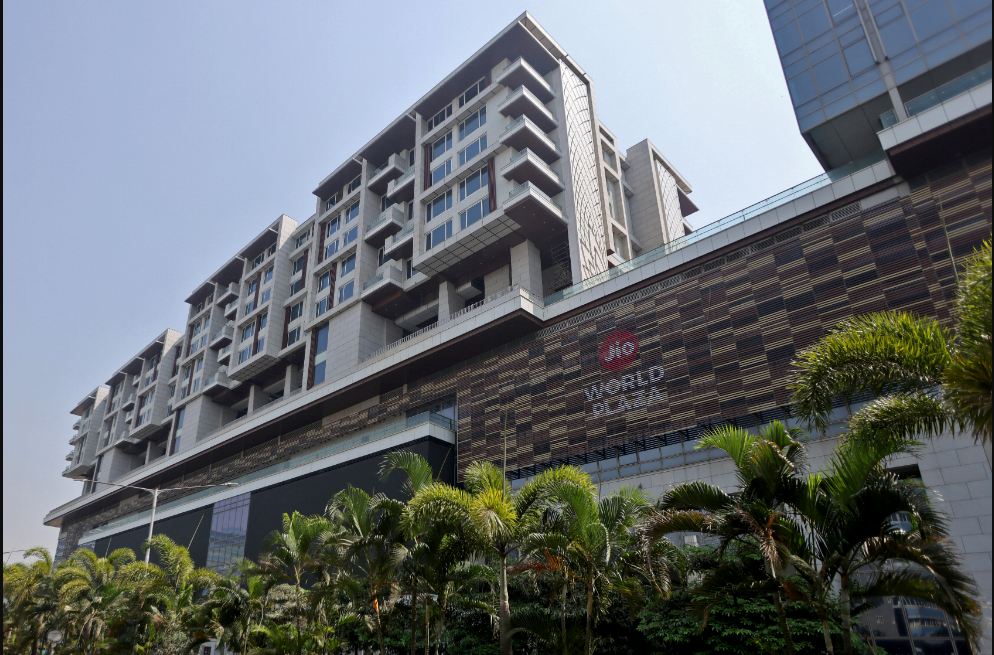Saudi Arabia’s Handicrafts Sector Emerges as a Growing Economic Force
Riyadh — Saudi Arabia’s handicrafts sector is undergoing a steady and notable transformation, shifting from a tradition-centered activity into a structured economic field that supports creativity and entrepreneurship.
This development reflects a broader national effort to strengthen cultural industries while opening more commercial opportunities for local artisans and small businesses.
The sector’s progress is supported by a clear institutional direction that focuses on modernizing operations and expanding participation across regions.
Authorities have emphasized training, product development and visibility, helping artisans position their work in competitive local and international markets.
Recent data shows the Kingdom’s handicrafts market is now valued at approximately $405 million, marking significant potential for sustainable growth.
Local crafts account for around 20 percent of the market, indicating ample room for expansion and greater representation of Saudi-made products in commercial spaces.
This gap highlights considerable opportunities for emerging and established artisans to develop stronger brands, improve quality standards and reach new audiences.
It also signals a growing demand for innovative designs that preserve cultural identity while appealing to contemporary buyers.
A key driver of this ongoing shift is the Saudi International Handicrafts Week, known as Banan, an annual event that showcases creative talent from across the Kingdom and abroad.
The platform supports artisans as they explore new techniques, enhance product presentation and interact directly with consumers and investors.
Held alongside the Year of Handicrafts, the event reflects the country’s commitment to elevating traditional crafts into sustainable economic ventures.
Exhibitors include first-time participants, home-based creators and small workshops that have gradually expanded into promising commercial projects.
Visitors encounter a diverse range of crafts that go beyond functional items, presenting artistic expressions rooted in cultural values and national heritage.
These pieces demonstrate how traditional skills continue to evolve, blending historical identity with modern craftsmanship.
Banan dedicates a significant portion of its exhibition space to entrepreneurs who are seeking stronger market presence and investment support.
This setup gives creators the chance to test product demand, refine designs and assess potential for local and international sales channels.
Many participants have noted that the event helps them understand consumer preferences and adjust their offerings accordingly.
The opportunity to exchange knowledge and gain direct market feedback plays a central role in shaping their future business strategies.
This initiative also complements several broader programs designed to strengthen the handicrafts ecosystem across Saudi Arabia.
These efforts include training workshops, heritage documentation projects and expanded marketing pathways that help artisans maintain consistency and competitiveness.
By building a structured environment for skill development, authorities aim to preserve traditional craft techniques while enabling professionals to scale their businesses.
This balance between heritage and innovation contributes to a more resilient cultural economy.
As the sector continues to grow, its economic and cultural contributions are becoming increasingly visible.
Handicrafts not only celebrate identity and storytelling but also offer practical avenues for employment, entrepreneurship and community development.
The ongoing transformation signals a promising future for local artisans who are eager to share their work with wider audiences.
With support systems in place, the handicrafts sector is positioned to evolve into a more influential component of the national economy.
Saudi Arabia’s approach highlights how cultural preservation and economic growth can advance together when industry frameworks and market opportunities align.
The sector’s steady rise demonstrates how creative industries can flourish through strategic guidance and community engagement.



